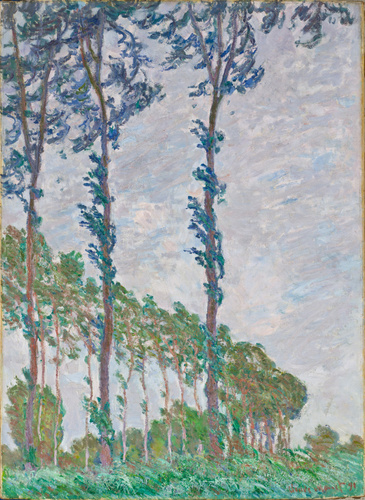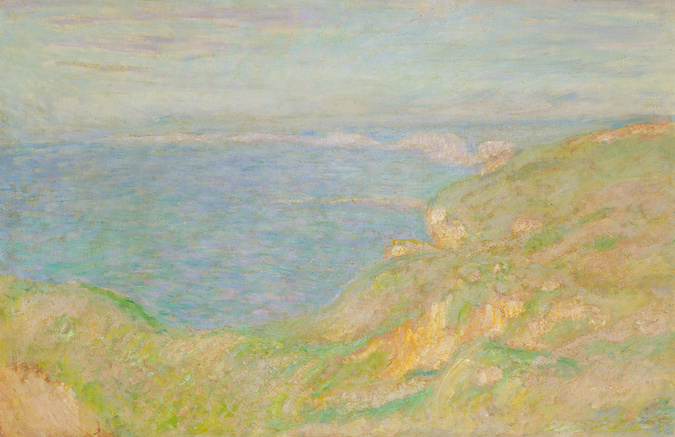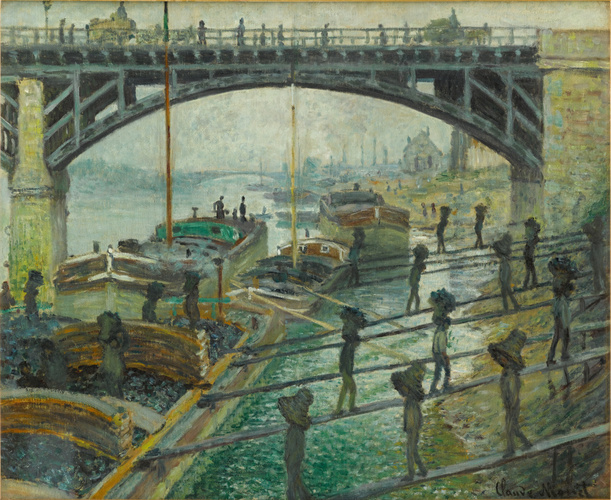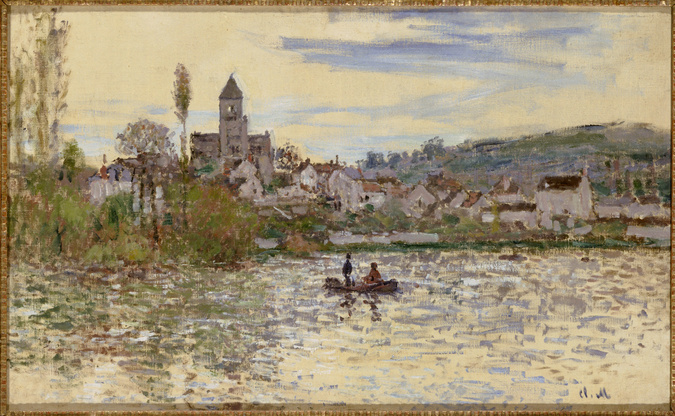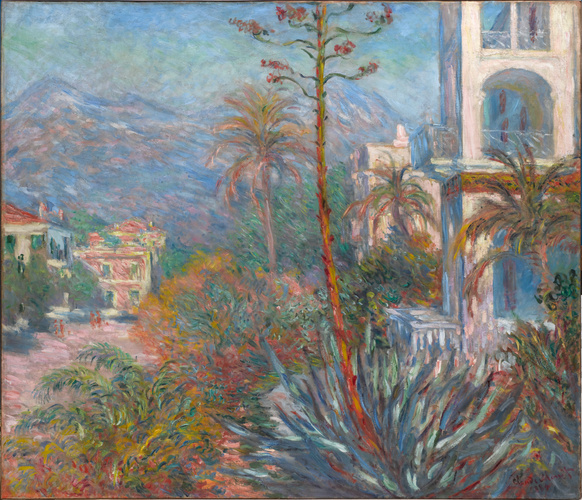Trophée de chasse
Monet seems to have had a particular liking for still life at the beginning of his career. Although he continued to be interested in this genre subsequently, it was not one of the major themes of his painting. It is a fact that still life was a less expensive field of investigation than the figure for the young painters in the 19th century, as there was no model to pay for.
In any event, Monet clearly saw these still lifes as his best studies, as he presented one in 1859 to the Le Havre municipal council to support his application for a bursary. And again, that same year, Monet chose two still lifes to show the artist Troyon to demonstrate his painting skills.
This work in fact reveals astonishing skill when one remembers that Monet was still a young man. Granted, the influences and the models can be quite easily identified: the memory of Chardin and the opulence of Troyon dominate the composition. At the 1859 Salon, Monet had admired "a really beautiful painting" by Troyon, "a dog with a partridge in its mouth...it's wonderful; you can smell its fur," he wrote to Boudin (letter of 3 June 1859). But the sureness of the composition and the boldness of the interplay of textures show that Monet already knew how to demonstrate his independence from his models.



